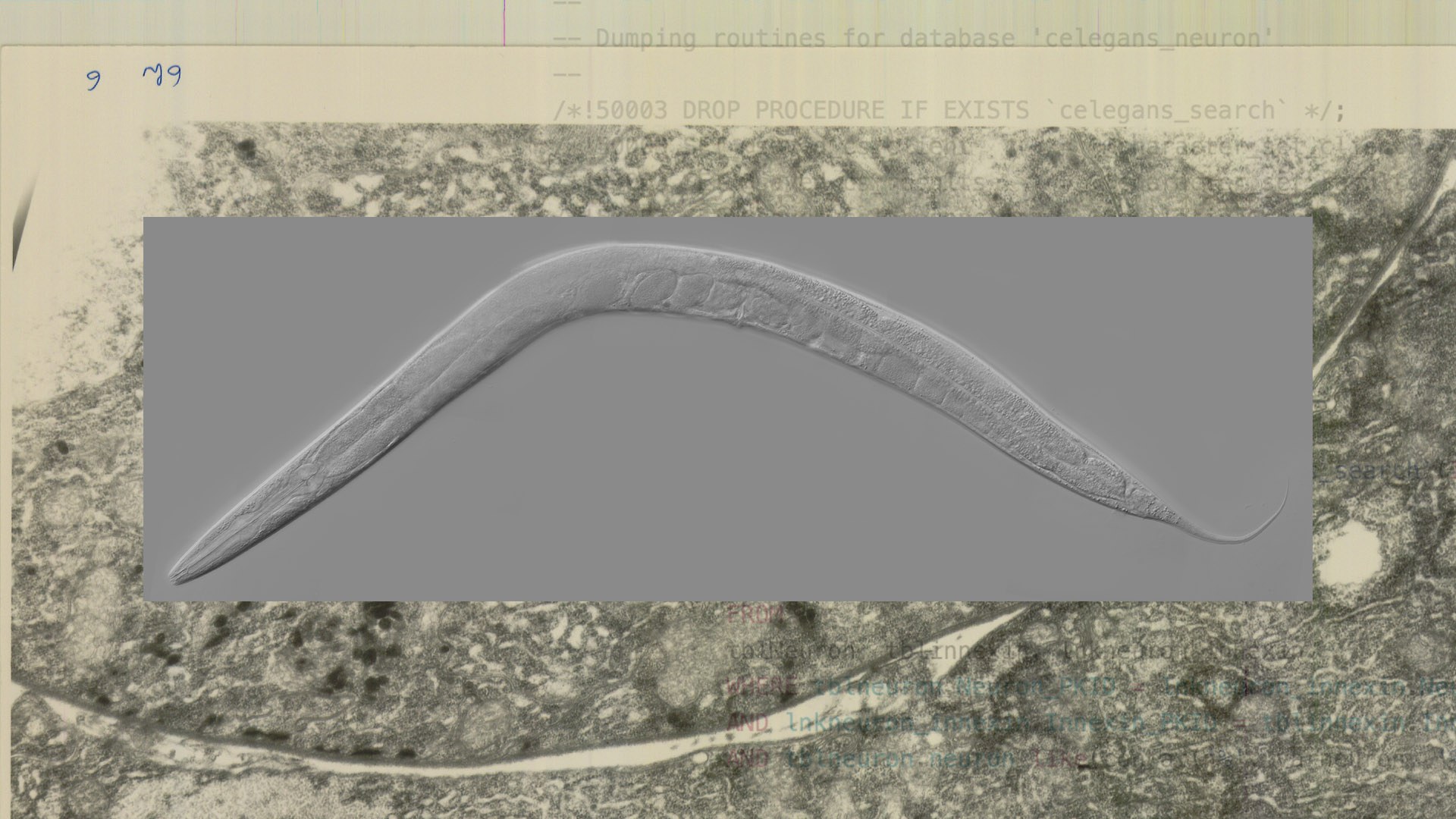
The Lake Issue
Open Source Alchemy
In a wood beside La Couleuvre, a small lake found in the French village of Santeuil, a tuft of heracleum in mid-October lies before the approaching frost. With clumps of small flowers jutting from a forked stem, the species bears a similarity to a collection of umbrellas, though this plant has seen better days. As its stems rot away, a vast ecology of microorganisms proliferates.
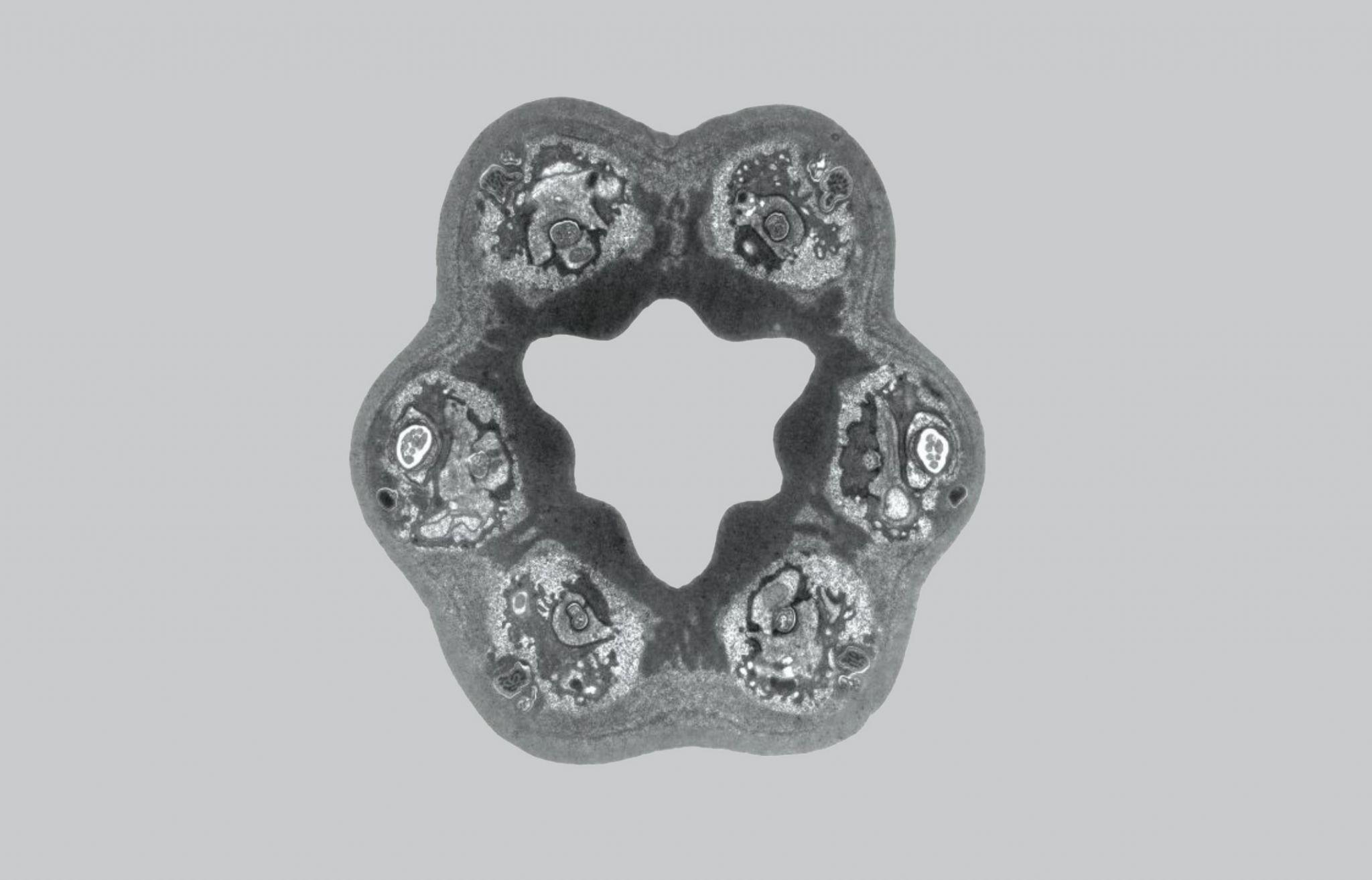
One such resident is the nematode, a non-parasitic worm only a few millimeters long. The surrounding bacteria, which develop as the stem decays, provide a rich feast for the tiny worm, who may have hitched a ride here from a travelling snail, isopod or millipede. Because soil alone does not contain enough nutrients for the worm to feed from, it thrives on decay. Despite the morbidity of its natural environment, the nematode has much to offer human knowledge.
In the opening pages of the Corpus Hermeticum, our disciple narrator envisions the creation of the cosmos, which he observes in awe. In a shapeless space of infinite light, a deep darkness springs from his forehead—a symbol of the unknown—and takes on the form of a great serpent. The dark snake weaves through the light, in chaotic and erratic movements as it makes its way down below, slithering and groaning. There, the serpent becomes fluid. Finally, against the surrounding Boundless Light, the darkness bursts into a great fire. According to the ancient sacred texts, these primal elements found within the snake, its behavior and its environment—water, fire, darkness, chaos and abyss—were fashioned by the Light into the pristine and orderly world we know today.
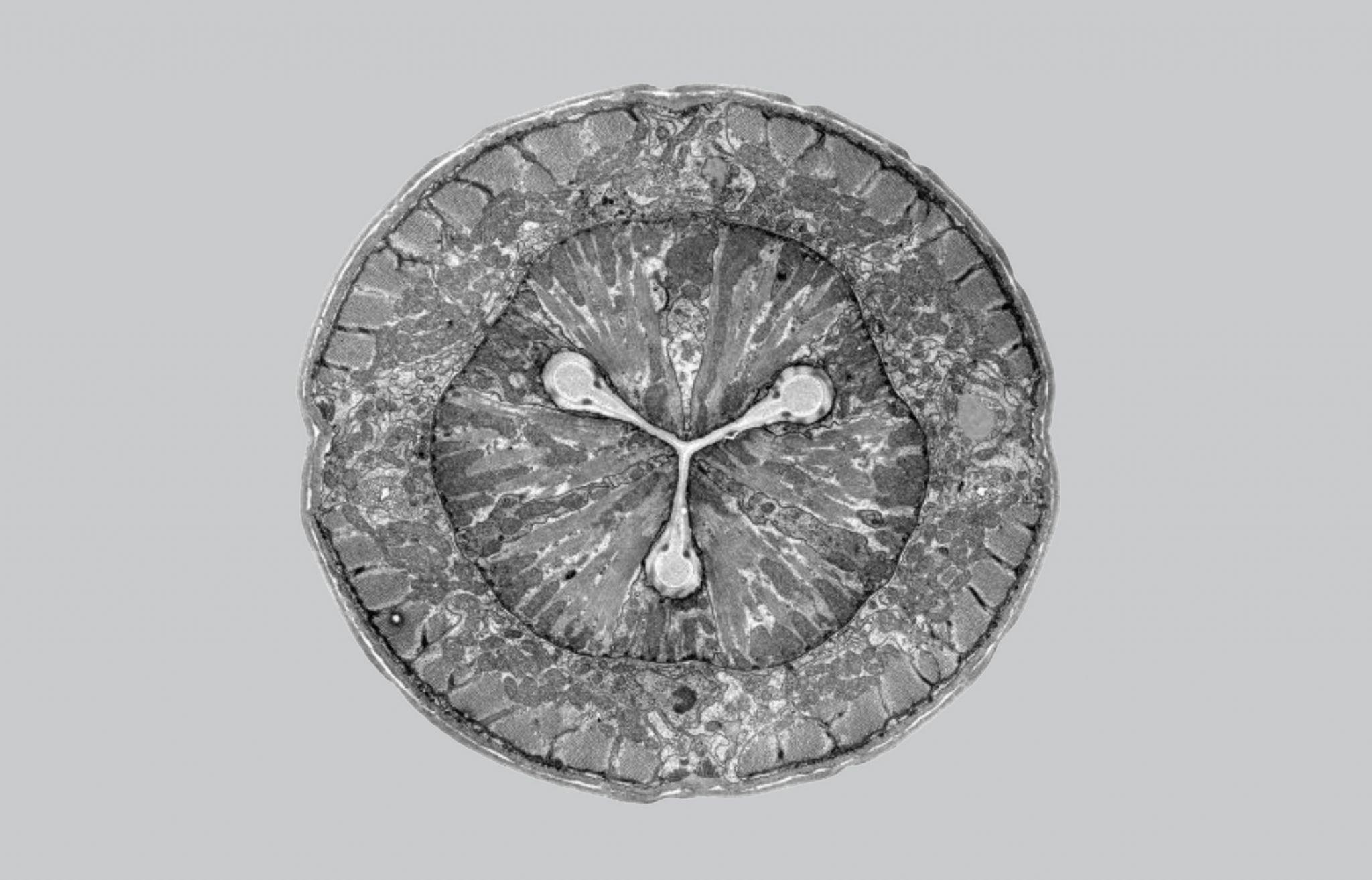
Enter into a modern abyss of shapeless unknown—”cyberspace.” Here, we are met with our own sort of metaphysical serpent: an open source model of C. elegans, a non-parasitic nematode commonly used in today’s scientific research. OpenWorm, the digital project that has spawned this model, aspires to create a virtual organism using a bottom-up approach to meticulously model all 959 of the C. elegans’ somatic cells. Because the project seeks to understand each cell and how they interact with one another directly, OpenWorm expects the completed model to behave as the real organism would—driven by its cells’ functions—rather than programs acting out existing human data about the worm.
If successful, OpenWorm would allow for direct, in-silico testing and research on the C. elegans. As a model organism, the worm is useful to scientific research because of its ease to obtain, transparent and observable body, and life cycle of only a few short weeks. Yet, despite being such a simple organism, the nematode also bears a lot in common with modern human anatomy: it uses DNA and RNA; develops in life stages, from embryo to adult; makes use of a digestive and nervous system; and has a brain and working muscles. Researchers have long noted that these perplexing similarities contain a vast potential to teach us important lessons about ourselves.
The lofty goal of OpenWorm—to manifest a virtual organism—invites some philosophical questions: what does it mean to have a simulated organism, constructed cell-by-cell, whose behavior is indistinguishable from the “real” thing? How might we even differentiate the “real” from the simulated? A recent paper written by the MIT team behind the open source experiment mentions the use of a Turing-like test to assess the verisimilitude of a simulated worm.
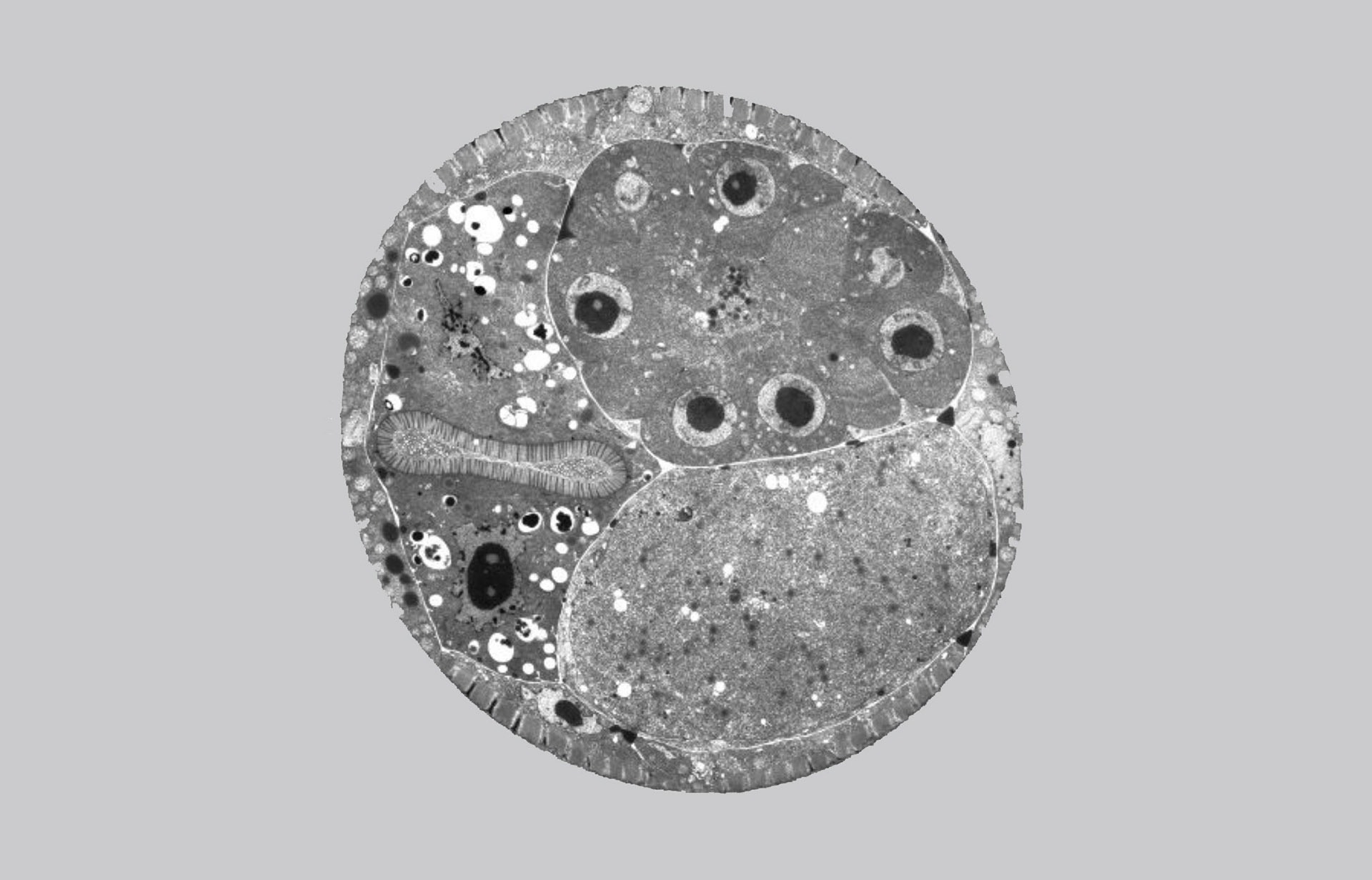
British computer scientist and theoretical biologist Alan Turing invented the “imitation game” in order to assess how artificial intelligences compared to human intelligence. If an AI could fool a human into thinking they were conversing with another person through text, then the AI would pass. MIT’s OpenWorm paper suggests a similar test to assess biological or neurological functions. “Instead of text conversations, the interrogator attempts to distinguish the real and simulated organisms based on objective experimental measurables,” the paper explains. “An expert’s inability to differentiate between the real and simulated organism based on objective measurables indicates a ‘complete model.’”
Because there is no inarguable definition for life or biological phenomena as of yet, Turing’s imitation game is perhaps the best way to assess whether the virtual model could truly be called an organism. However, the test is not without limitations: because it would ultimately be reliant on present knowledge of the C. elegans’ behavior, a simulated worm that passes the test today could fail the same game years from now. And without a clear answer for what life is, both the simulated and real worms would still be reduced to simple data when facing off head-to-head: their behavioral similarities are privileged over their differences, over whatever it is that the simulated worm lacks. We measure and compare their functions without being able to adequately describe or assess the forces that set them in motion, and the line between simulacrum and referent become as blurred as ever.
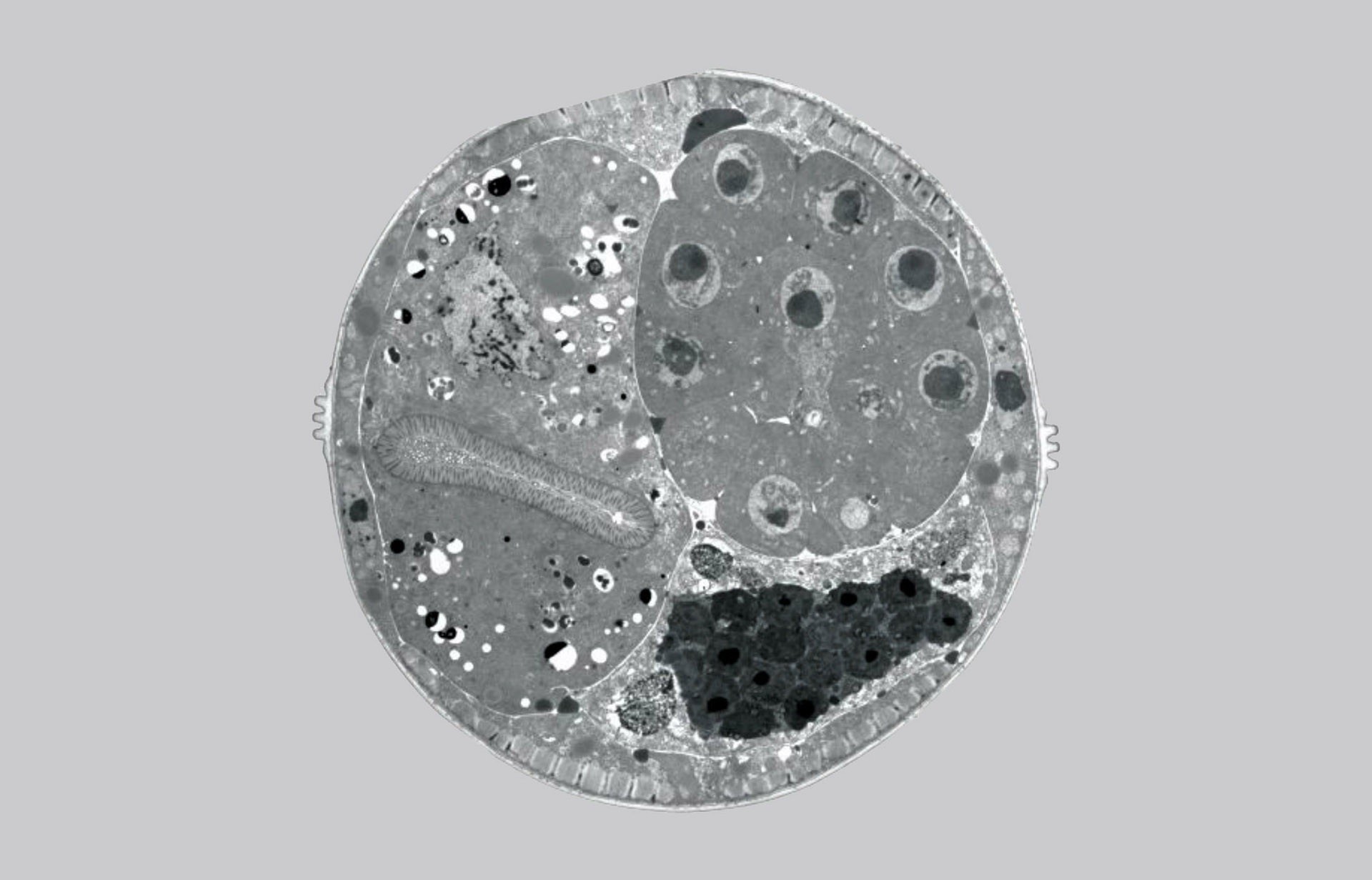
Czech philosopher, Vilem Flusser might say that such a distinction is unnecessary on some level; in the book Vilem Flusser: An Introduction by Finger, Guldin and Bernardo, translators paraphrase Flusser’s essay “On Fiction”—there is no English version of the source—in which the philosopher makes the case that scientific models are actually far from objective truths, but are instead their own types of fantasy. Some scientific phenomena, for example, may only be measured in hypothetical terms. “To think the world at all, we need to invent or reconstruct it by means of diverse fictions,” write the authors. Essentially, we reproduce or illustrate natural phenomena through models and simulations, or use fictive examples and analogies to explain them. After all, our understanding of the surrounding world is born from human-made models, a variety of perspectives that may together make up the objects and phenomena we observe. Therefore, we might not think of humans as apart from nature, but instead view our models of natural phenomena as a mirror of ourselves.
The model worm itself is akin to a mirror, or perhaps a film negative: an uncanny signifier for an imperfect instance of an uncaptured essence. Right now, we can peel the inert model worm away to study its muscles, connectome and more. When the OpenWorm project is complete, we will have models of complex neuronal activity of a “living” virtual organism to revolutionize biology and neuroscience. What then, with all this data that defines the worm—that, because of its status as a model organism, might help define us? And as research becomes more sophisticated, will the imitation game may become more and more difficult to win? Will the essence of living become only harder to define?
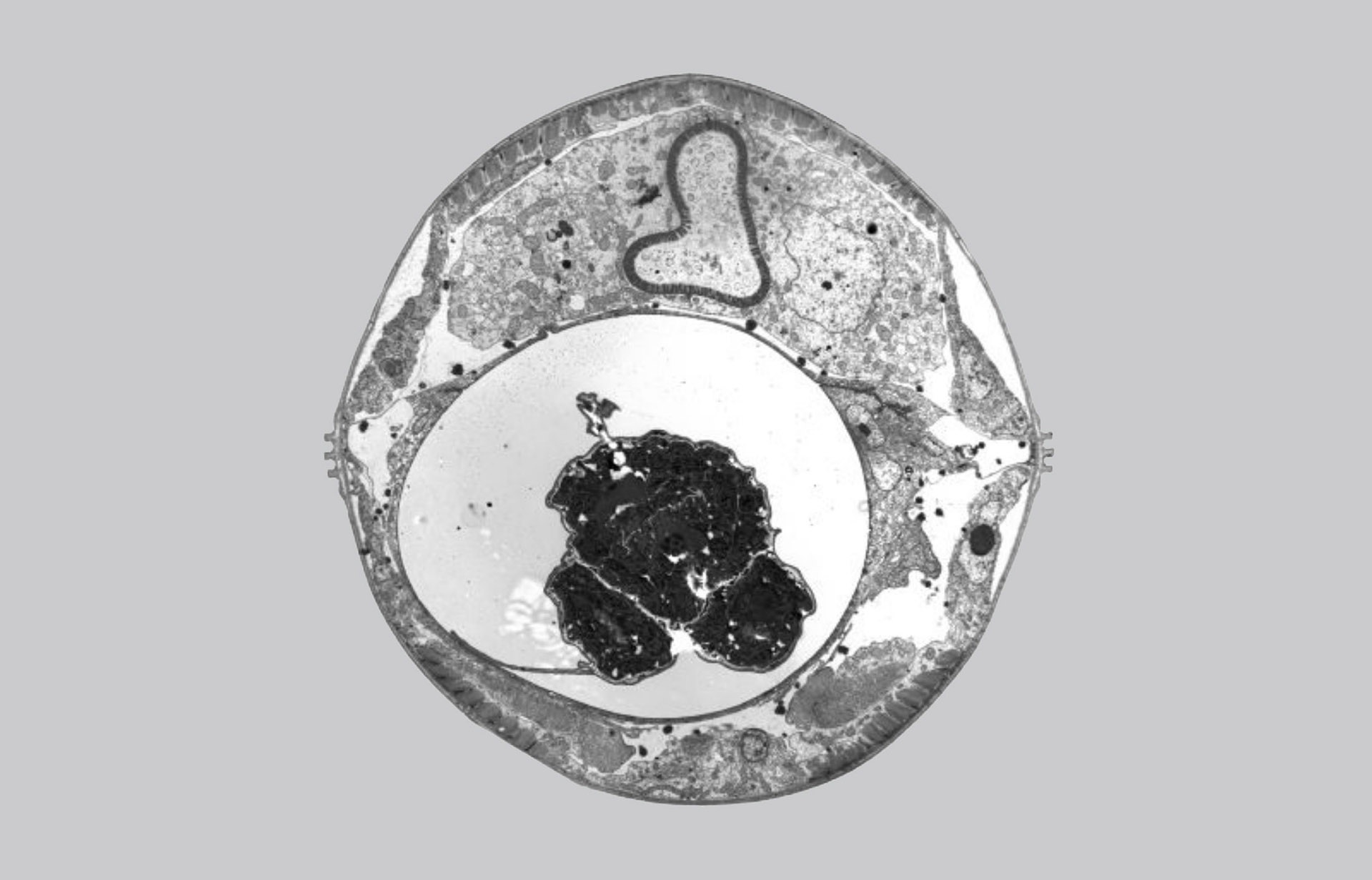
The struggle to find what’s beyond the opaque surface of the unknown is an ancient one. Recall the infinite light observed by the disciple in the opening book of the Corpus Hermeticum, which became hidden behind nature, its elements fashioned by Cosmos. Carl Jung believed that the medieval practice of alchemy that arose from the gnostic text sought to emancipate that light from objects and nature. He likewise saw the alchemical pursuit as one seeking to free the fiery spirit from the body. Is the pursuit to design a virtual organism—to simulate and model a living thing in order to eventually learn our own neuronal functions—akin to these goals?
Alchemy is often considered a dubious precursor to modern chemistry, of transforming common minerals into gold for selfish gain. But it is better understood as a practice of reflection and renewal. An alchemist may take a selection of minerals and break them down into their elemental parts, by, as Jung says, “reducing [their chemical structure] to a condition of creative chaos.” This recombining of nature and its forms manifests new unions tempered by human beings—if man is redeemed by God, then nature is redeemed by man through this practice.
Today, we extract data from research to recombine into models or formulae, which inform more research, producing something new. We hope to find the light beyond the data “for all the things that fall beneath the eye are image-things and pictures as it were,” Hermes Trismegistus tells his son Asclepius in the Corpus Hermeticum, “while those that do not meet [the eye are the realities], especially the [essence] of the Beautiful and Good.”
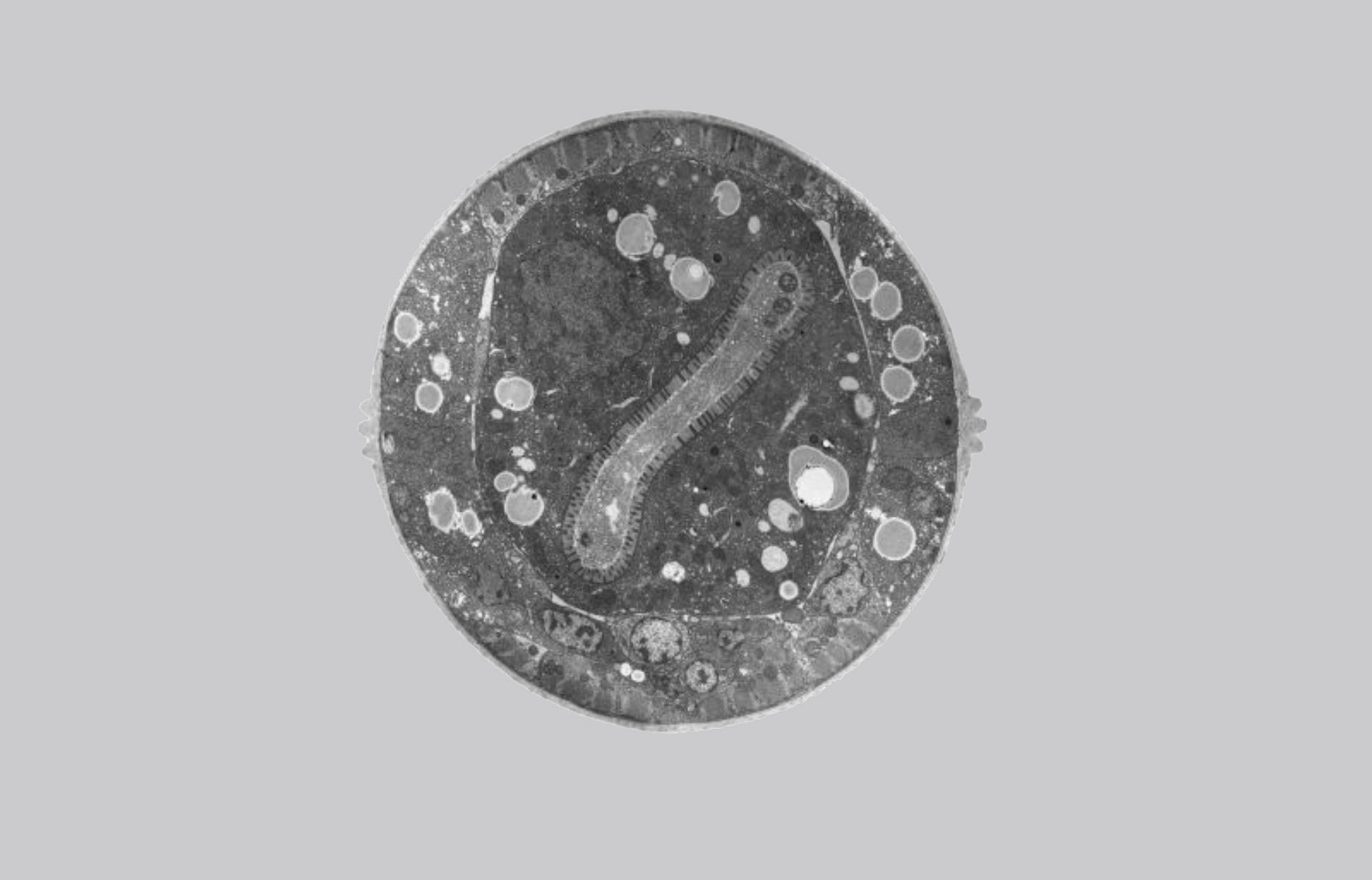
The ultimate goal of achieving gnosis is immortality—not in a literal sense, as suggested by the commonly thought alchemical pursuit of an “elixir of life,” but rather through an intellectual and spiritual emancipation from the body, the earth and its pleasures. The alchemist’s manipulation of the outside world mirrors that of his interior landscape and self-transformation in the long road to achieving gnosis, to free himself of existential dread or physical suffering. It’s no accident that Hermes Trismegistus’ disciple Asclepius was made a god for passing along secret knowledge of healing to man (whispered to him by a snake), nor that his staff remains a symbol of medicine today.
This constant cycle of inquiry, reflection and renewal resembles the gnostic cycle of nature: Hermes tells us of Cosmos—an organism that encapsulates all of nature and the living beings inside it—who performs a vast experiment over generations to fashion a perfect image of God. As organisms die and are born, spirits reincarnate from one body to the next in their journey closer to God, moving up the order of beings. Now Cosmos redeems man and man redeems nature; the natural order continues to strive in producing a model of the God that created it, forever imperfect—another onion peel, more images reverberating between mirrors. In the reflections’ pluralities we struggle to witness the inconceivable, abject beauty that lies beyond.
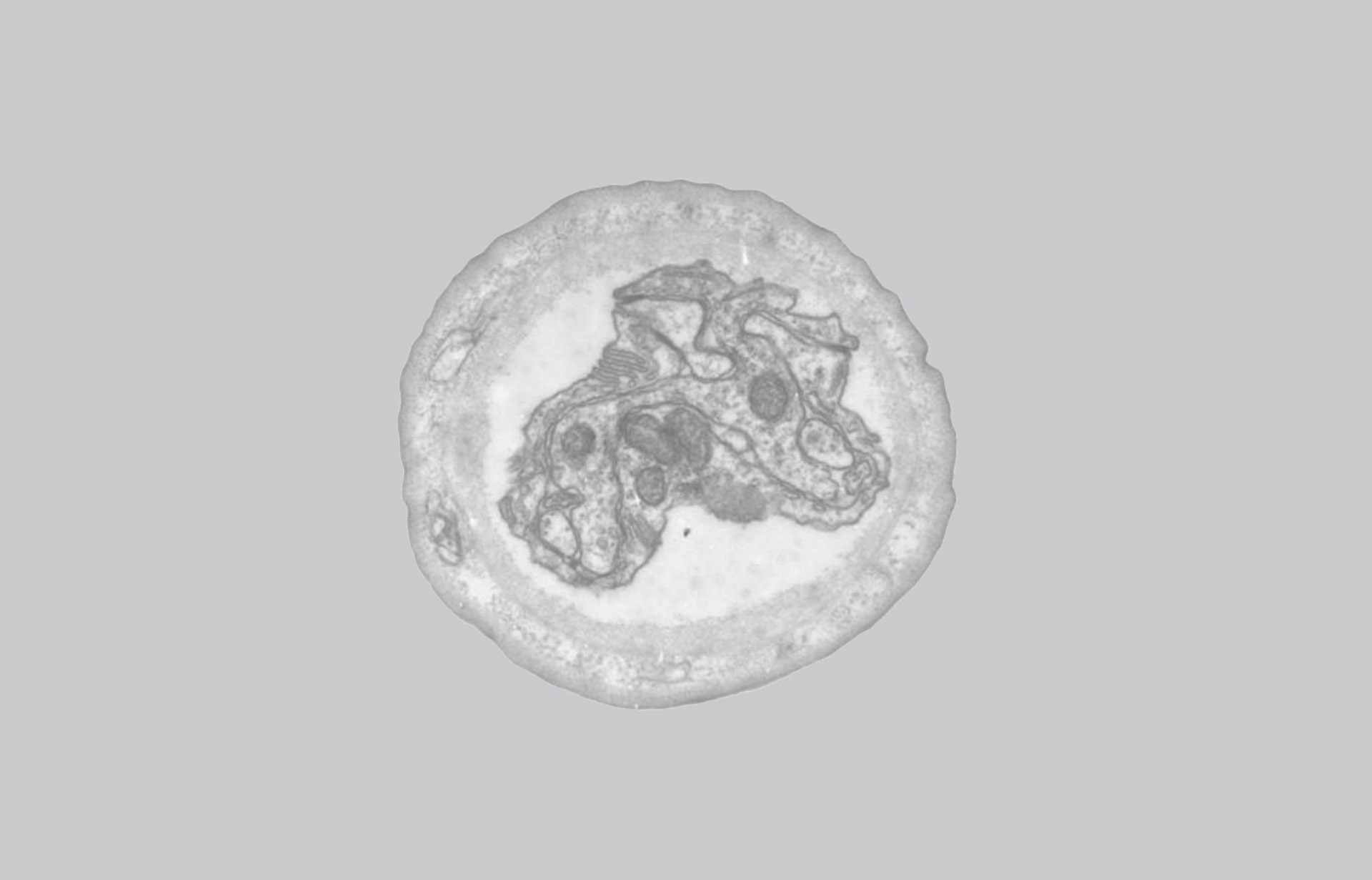
Back on the heracleum stem beside La Couleuvre, the lowly nematode gains sustenance feeding on decomposition, the harbinger of death. After its meal, the hermaphrodite worm will reproduce independently, allowing the next generation to sustain itself at another site of decay. Refashioning life from degenerate matter, ostensibly copying itself across generations—is the nematode itself an alchemist that has learned to transcend mortality? For now we wait, working to design the virtual Cosmos for our own learning.
Finger, Anke K., Rainer Guldin, and Gustavo Bernardo. Vilém Flusser: An Introduction. Minneapolis: University of Minnesota Press, 2011.
Hoeller, Stephan A. "C. G. Jung and the Alchemical Renewal." The Gnosis Archive. Accessed November 29, 2015. http://www.gnosis.org/jung_alchemy.htm.
Szigeti, Balazs, Padraig Gleeson, Michael Vella, Sergey Khayrulin, Andrey Palyanov, Jim Hokanson, Michael Currie, Matteo Cantarelli, Giovanni Idili, and Stephen Larson.
"OpenWorm: An Open-science Approach to Modelling Caenorhabditis Elegans." Frontiers in Computational Neuroscience 8 (November 3, 2014).
Joe Sutton is a writer based in Brooklyn and began his beetle-raising hobby in 2017. Follow him on Twitter.
Images sourced from Wormatlas.org and Wikipedia.
textcell.js created by Kelly Stevens.